We spent August in Transylvania, one the largest regions of Romania – sometimes called “the new Tuscany.” Transylvania is not a made up, mystical locale for a movie, it’s a real place with real people! It’s a culturally and ethnically diverse region with Hungarians, Saxons and Romas living alongside Romanians, each with their own customs, religions and cuisines. However, no matter what language they speak, all are proud of being Transylvanians.
Our trip was an extended, off the beaten path experience with wonderful surprises along the way. We explored medieval towns and traditional villages nestled in the Carpathians, discovered several hilltop castles, and delighted ourselves with local delicacies.

We started out with a few days at a summer festival in the Hungarian speaking region of Szeklerland. The advantage of visiting Romania in July-August is that many cultural events – such as open-air concerts and art festivals hosting world-renowned artists – are held during this time and tickets to these events are readily available and very affordable. We split our time between the festival and exploring traditional Szekler and Saxon villages where people enjoy a visibly slower pace of life. Many of the villagers, especially in the summer, get around in horse-drawn carts – an activity that can be arranged for tourists. Almost every village has a historic church built as far back as the Middle Ages. The architectural style varies depending on the availability of raw materials and the specific defensive needs of the locals. Some of the churches are made of wood, others are stone or brick, some are on hilltops and others have thick fortified walls and accommodations that would serve as a safe place for an entire village in case of enemy attack. We visited several of them free of charge or for a very small entrance fee.

Transylvania is dotted with fortresses and castles and that’s where we headed next. While a lot of tourists flock to the famous Bran Castle, we decided to visit the less well known Fortress of Deva and Rupea Citadel. The walk up the hill on a hot summer day can be challenging, so we recommend getting there early in the day when it’s cooler. The hike is worth it not only for the amazing, massive medieval edifices, but also for the picturesque views of the Transylvanian countryside. Another grand place we toured was the royal family’s PeleșCastle built in the late 19th century in Renaissance Revival style – one of the most modern palaces of its time equipped with an elevator and retractable roof. We ended our visit with a walk in the manicured palace gardens boasting several life-size statues of royalty and knights.
Perhaps one of the most enjoyable aspects of our trip was staying in manors and a castle converted into boutique hotels with rooms individually decorated using locally made furniture and traditional embroideries in colors of red, green and blue. Even though the rooms looked very traditional, the amenities and the service were very much up to date.

If you love homemade food like we do, you’ll love Transylvania. Of the local delicacies, we tried the traditional chimney cake (kürtőskalács) made on wooden baking spits over a charcoal grill. The result is a sweet cake with a crispy, caramelized crust and a topping of ground walnuts. Since plums were in season, we had some delicious plum dumplings rolled in toasted breadcrumbs mixed with sugar. The plum itself is dusted with cinnamon and sugar before being stuffed into a potato-based dough and boiled. You can find them in some restaurants, but the best ones are homemade, and we were lucky enough to enjoy them with a local family. One of our favorite dishes though was the savory flatbread stuffed with sautéed cabbage (káposztás lepény), and we helped our host prepare the stuffed bread pockets before they went into the oven. As we waited for them to bake, we tasted homemade black currant wine and caraway seed flavored brandy (köményes pálinka). The latter was fabulous!
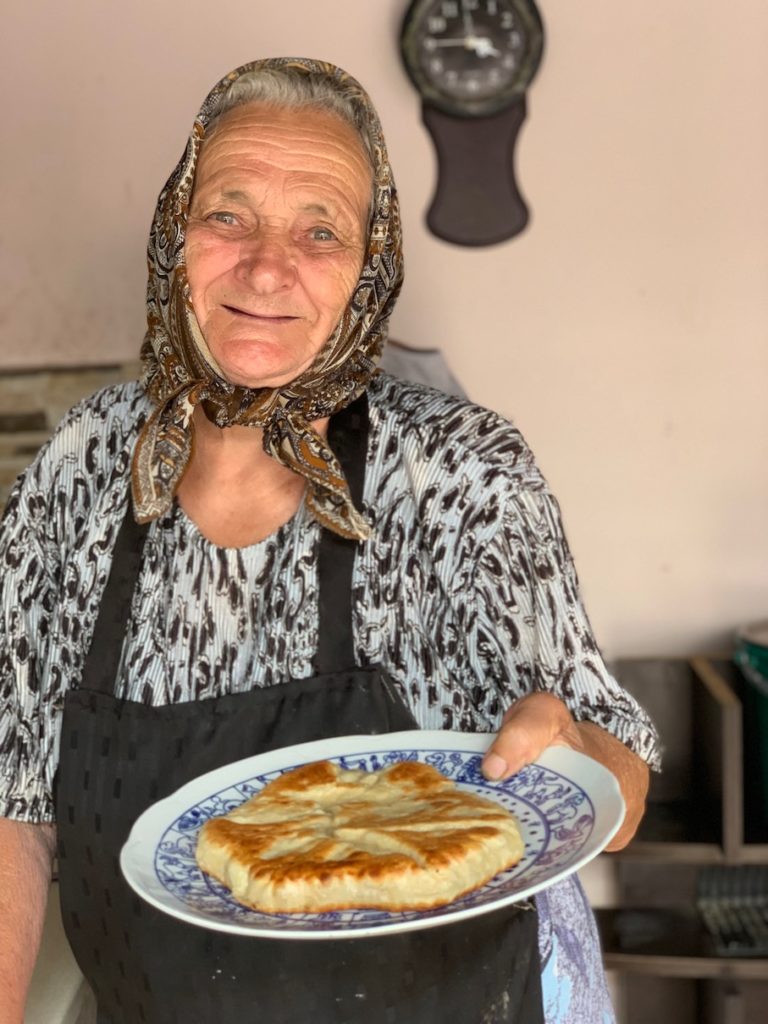
We ended our adventure in the charming town of Brașov, nestled at the foot of the Carpathians. The architecture here is wonderful, from the medieval bastions to the Gothic style Black Church and Baroque buildings that line the historic downtown. The city feels like an open-air museum. Together with the lively cafés and chic boutiques, our entire stay was truly unforgettable.
We will surely be back next year!













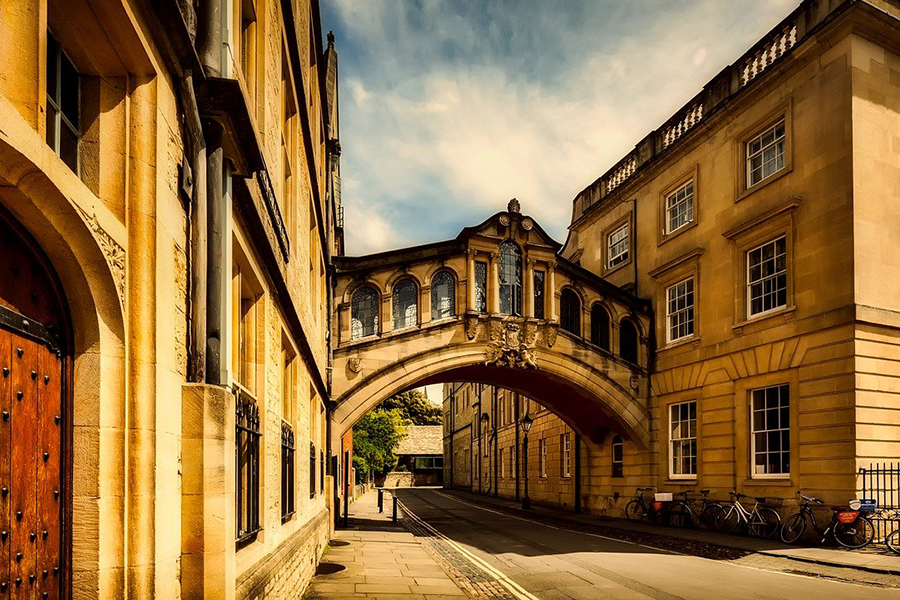


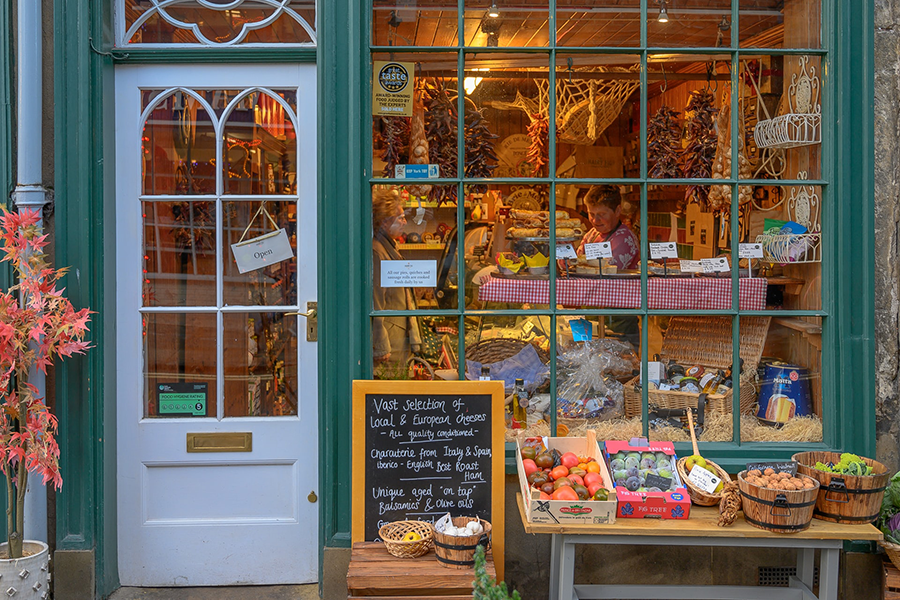




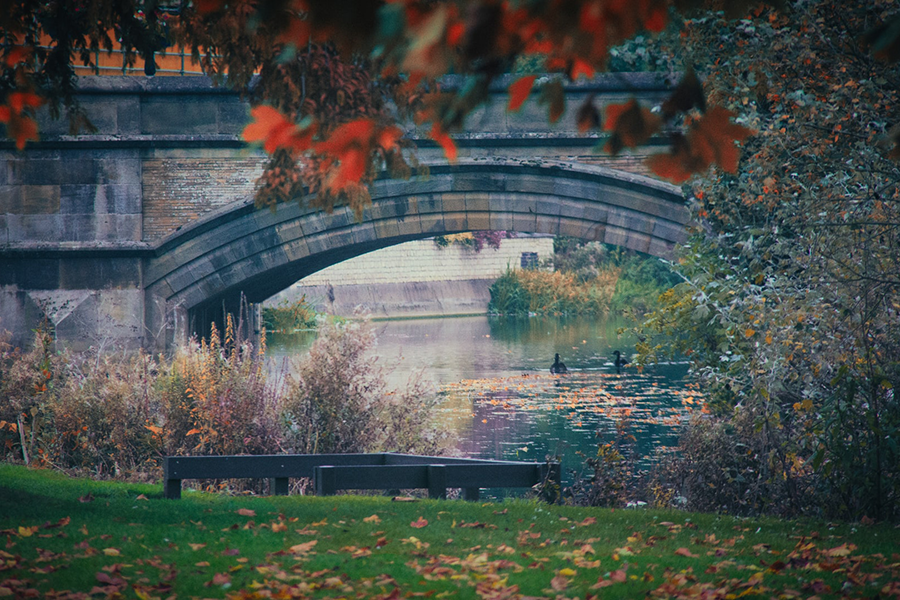



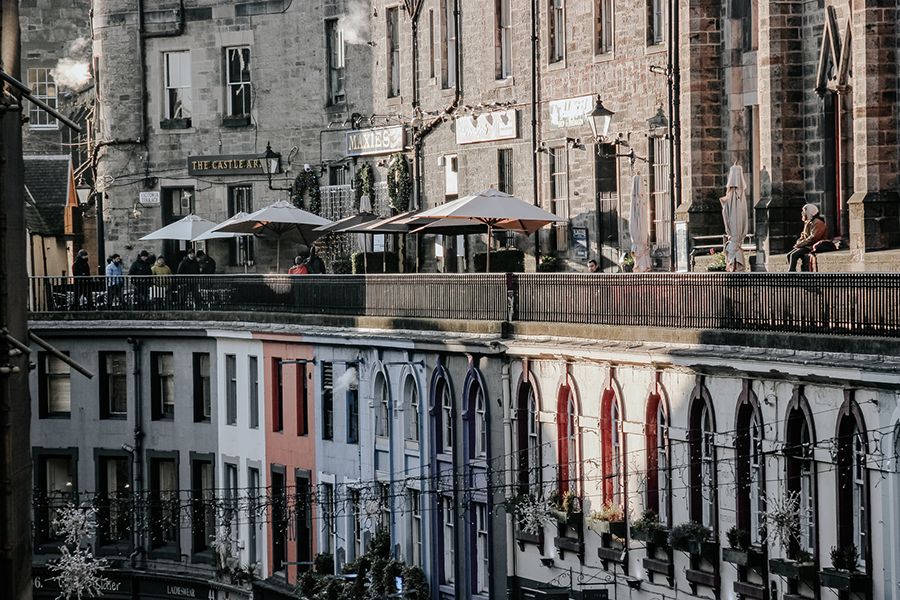

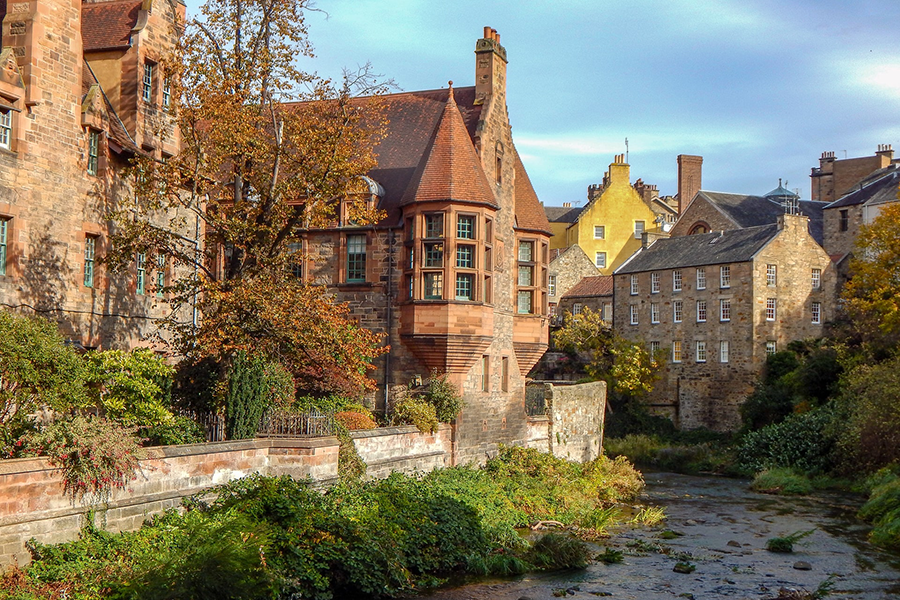







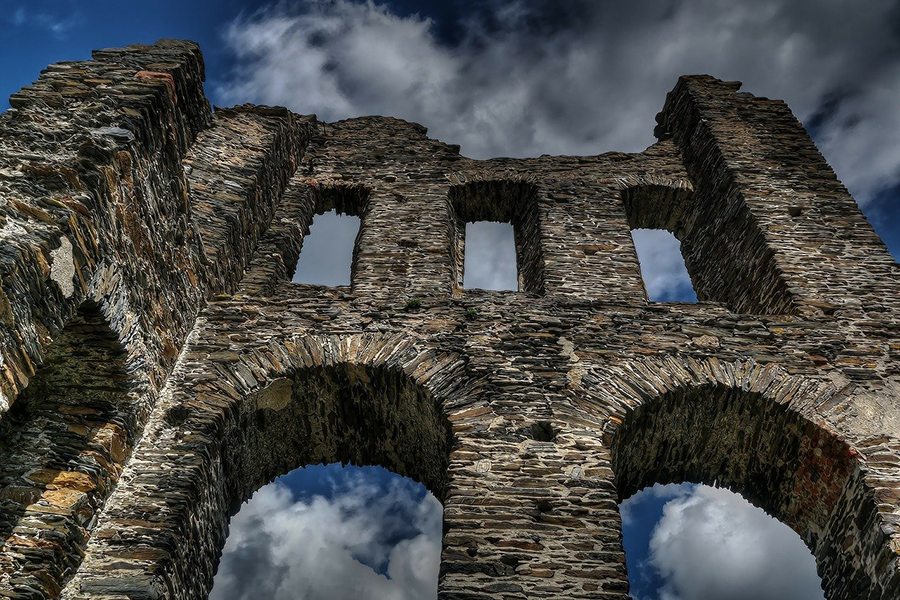







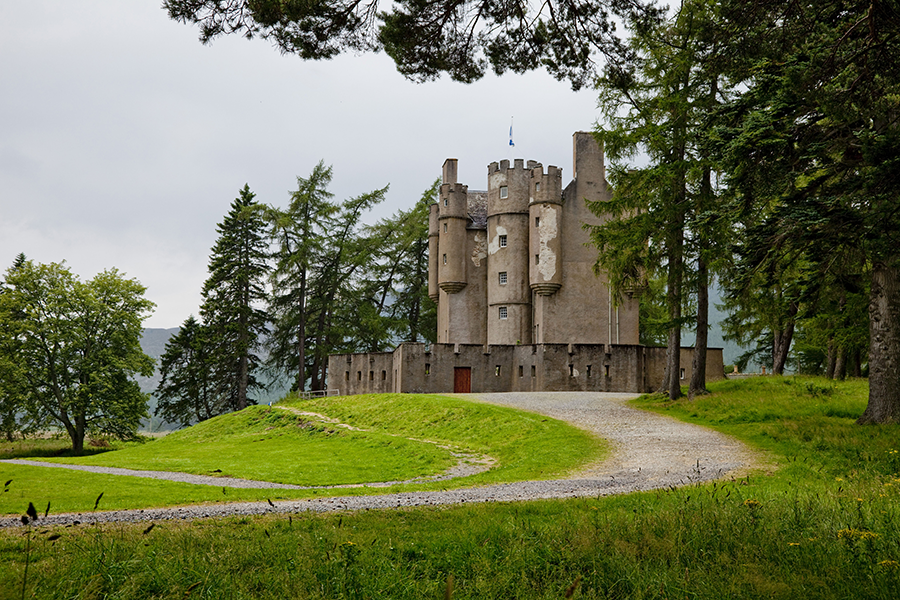











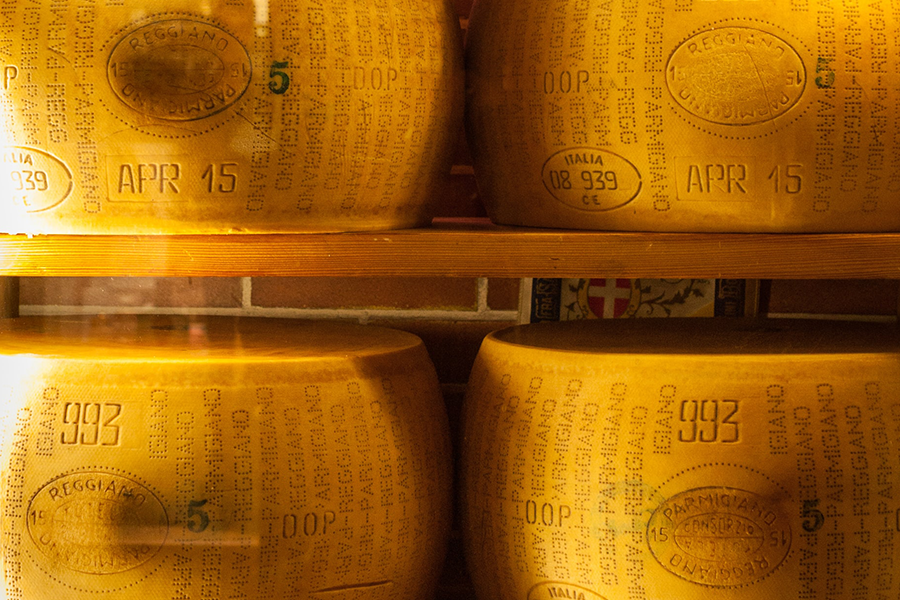






























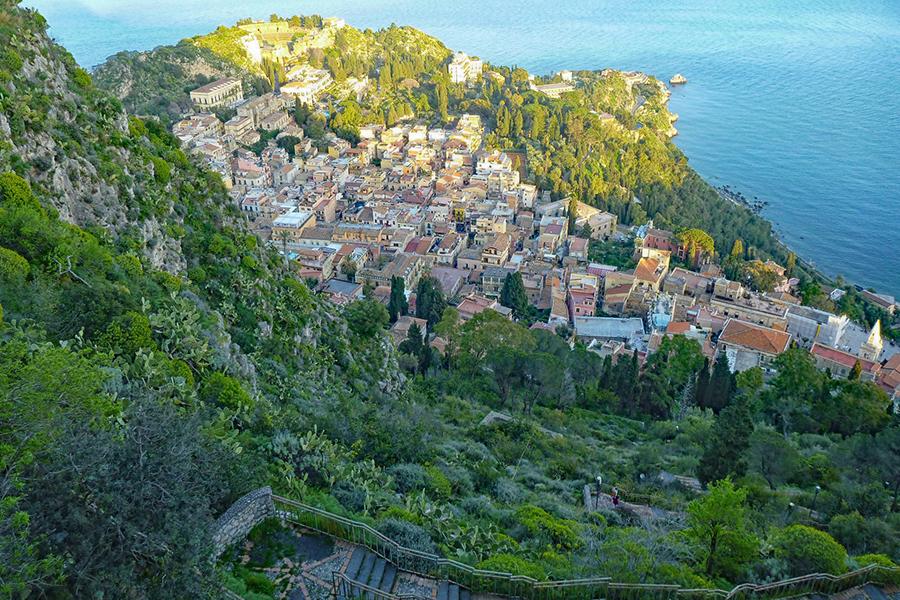














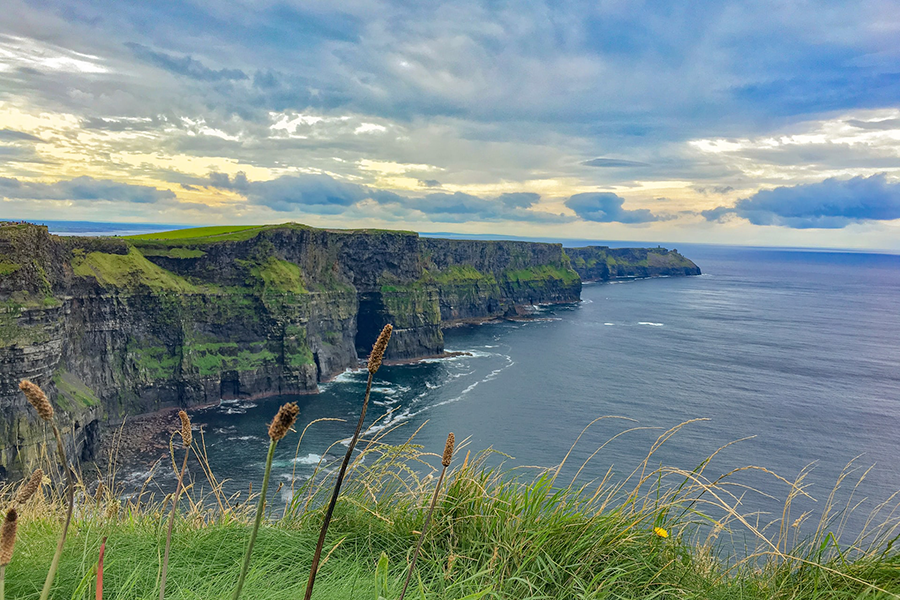


















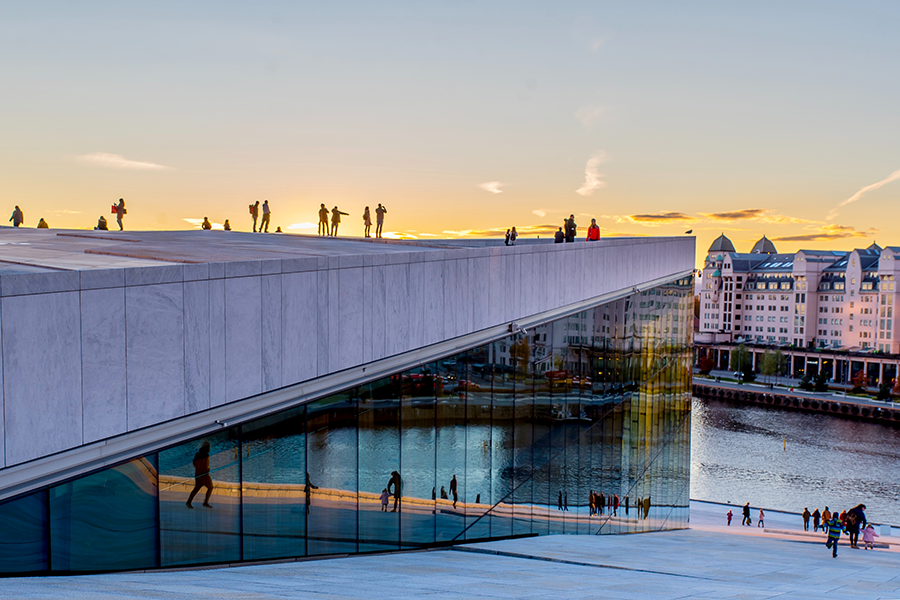








































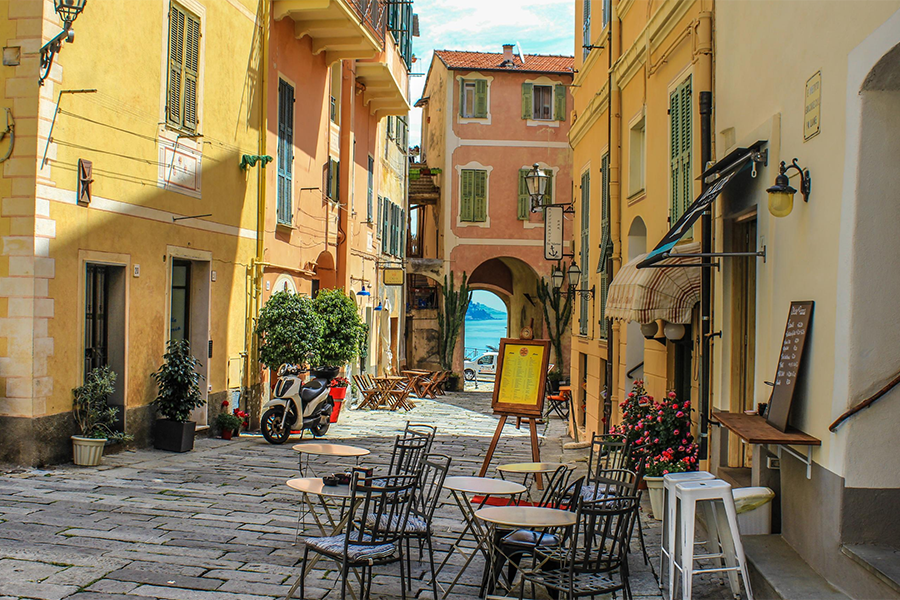
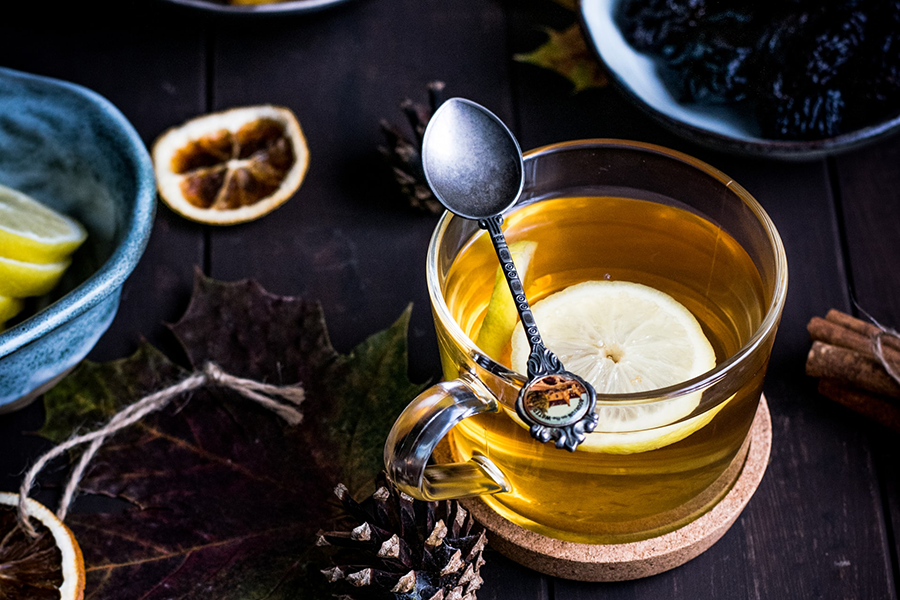












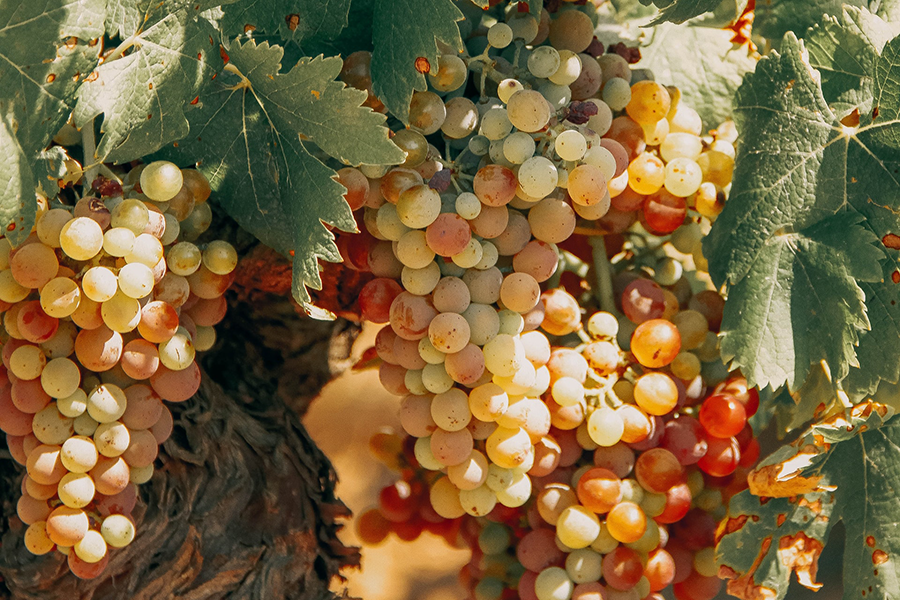









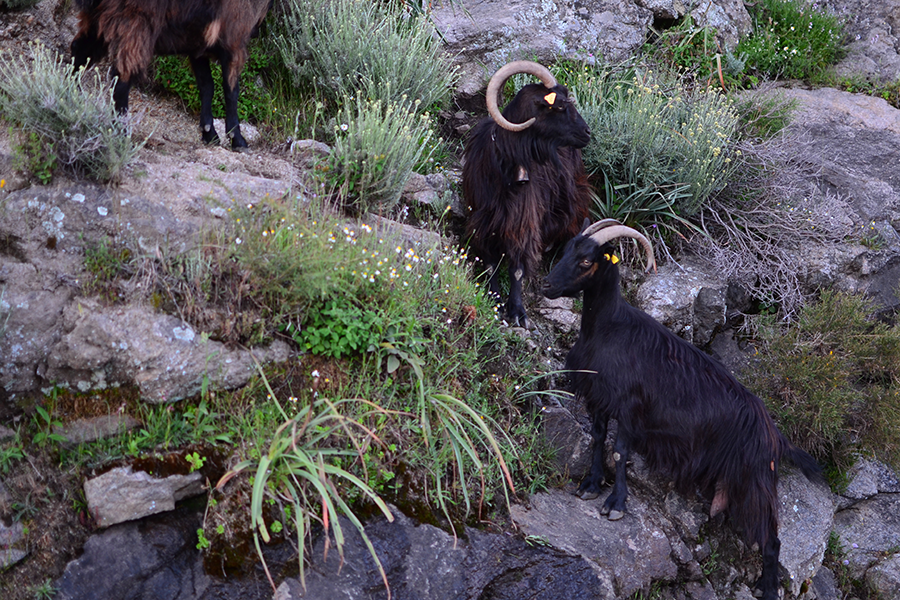





































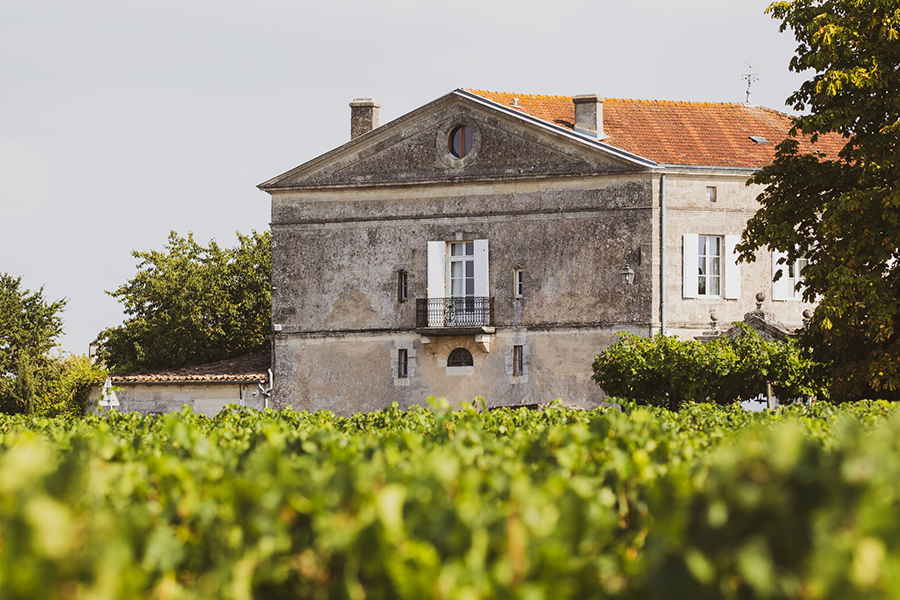









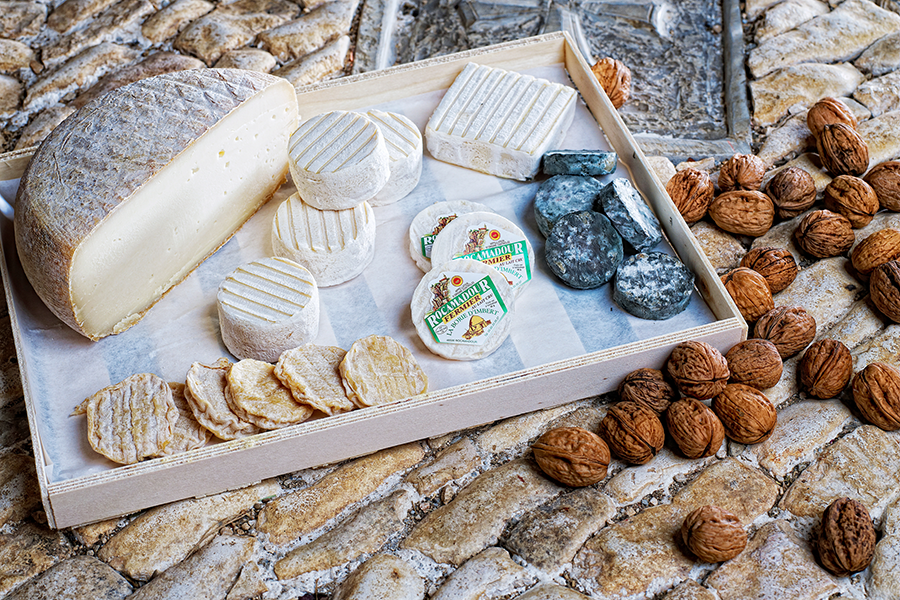



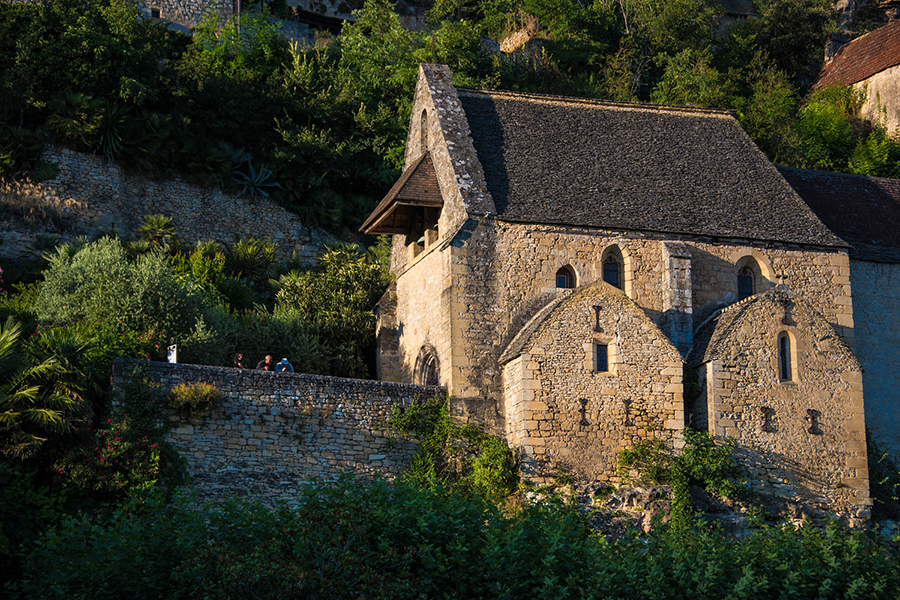












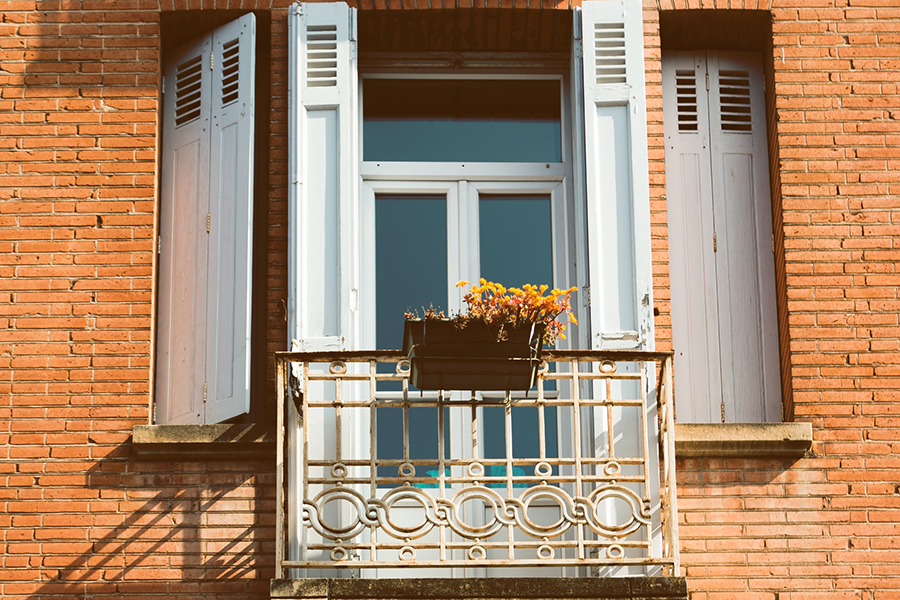





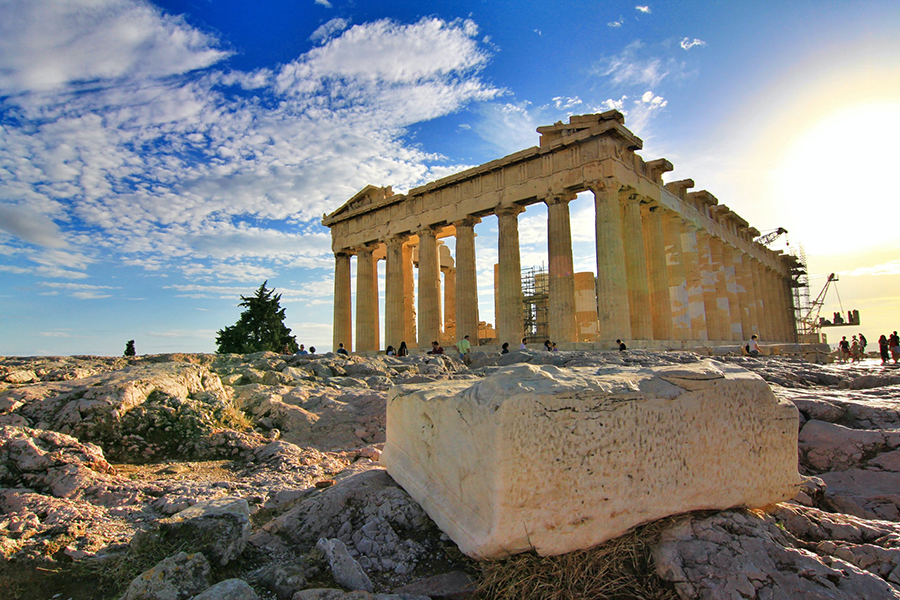




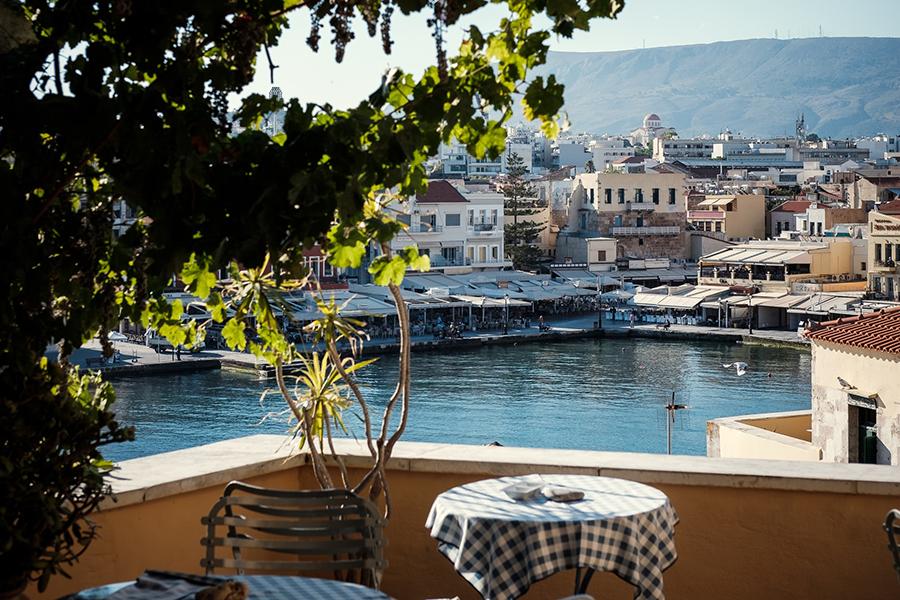





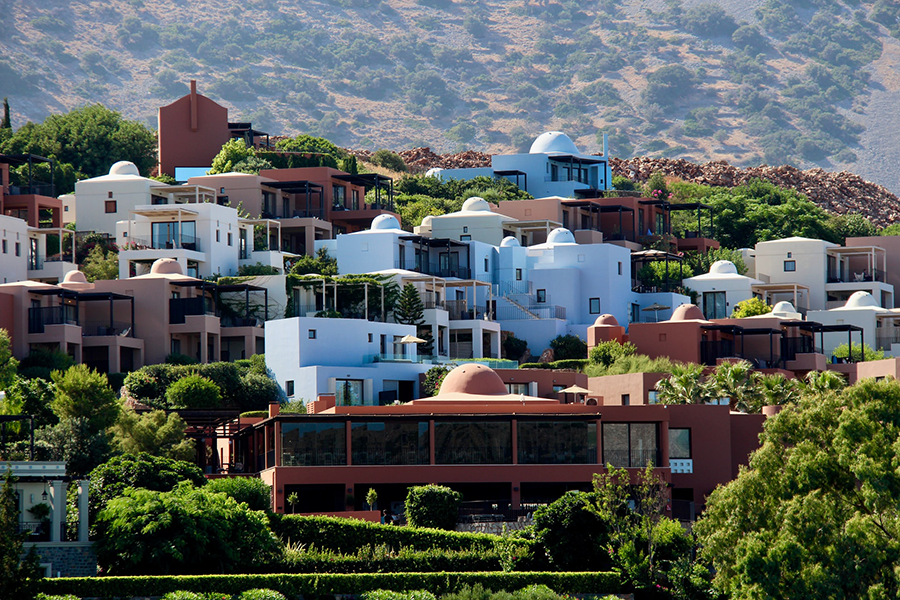

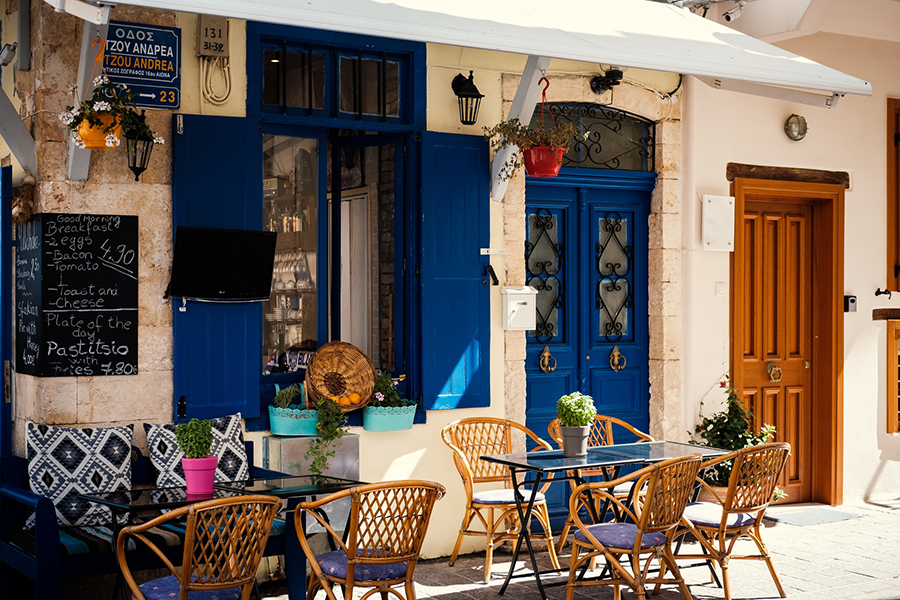








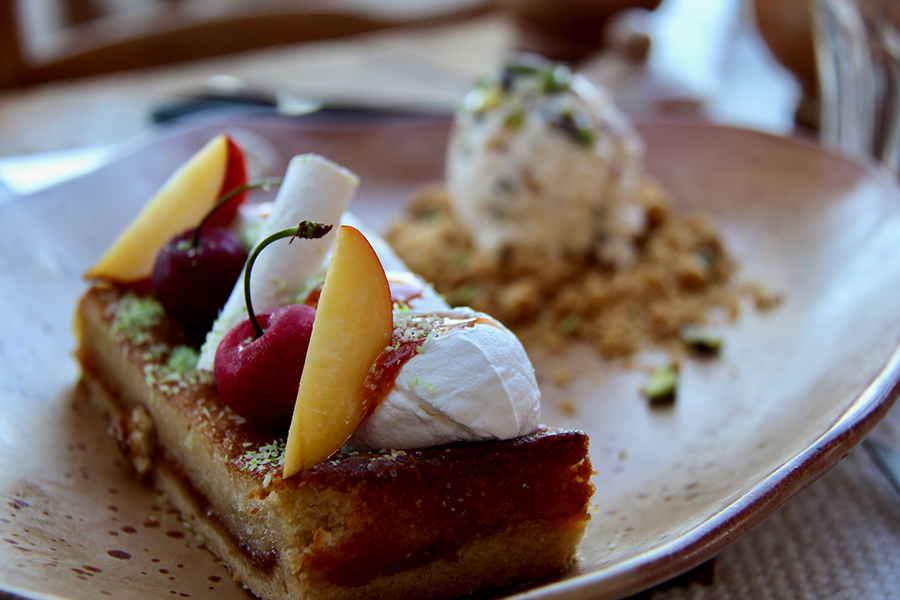




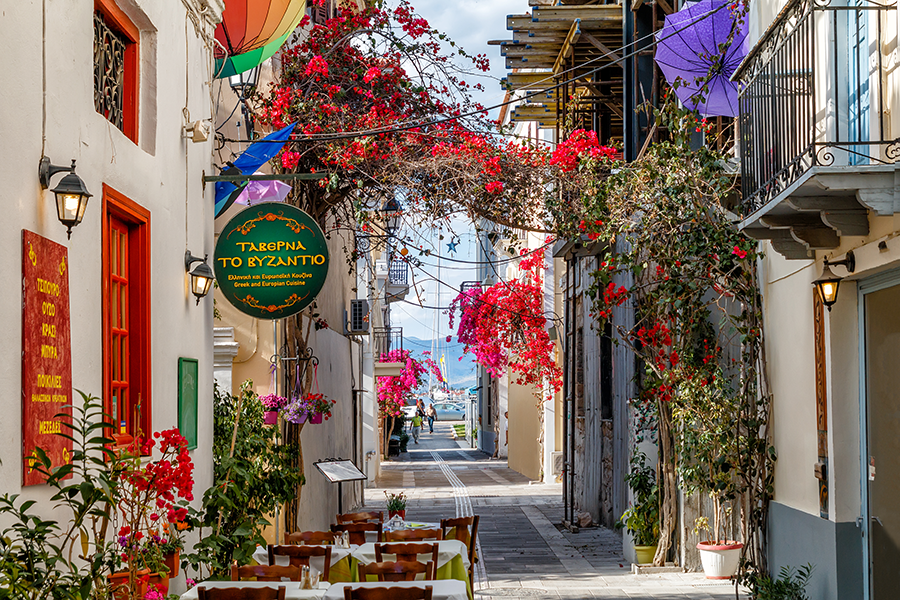














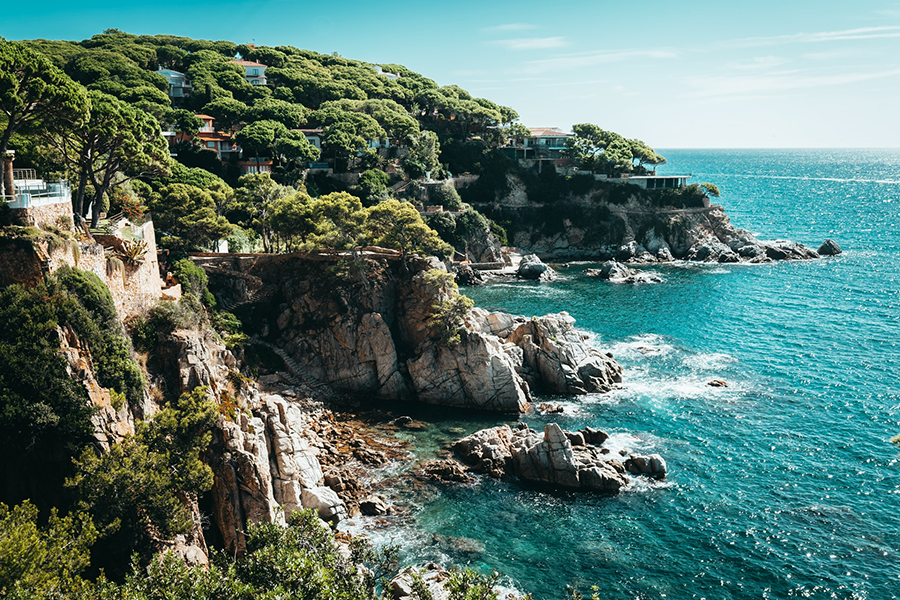





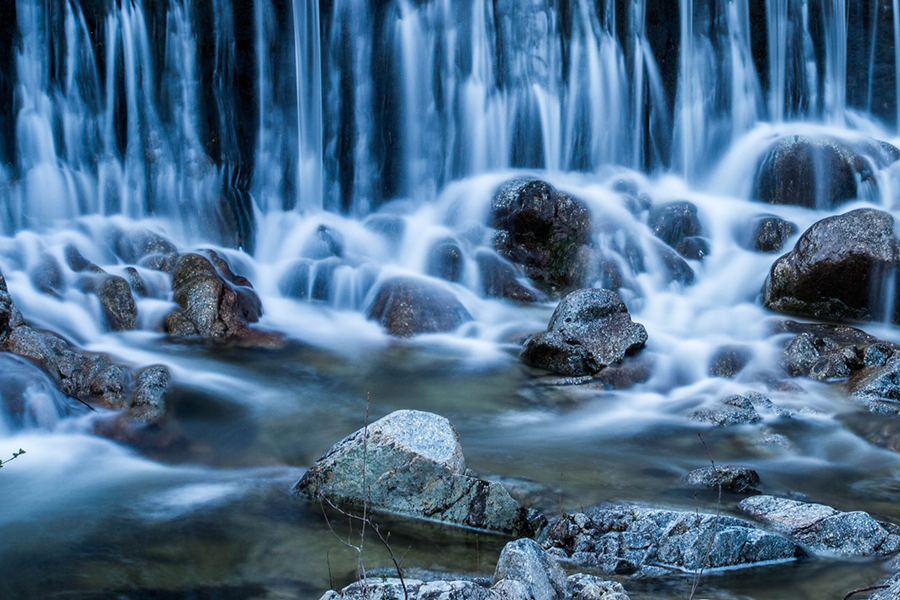





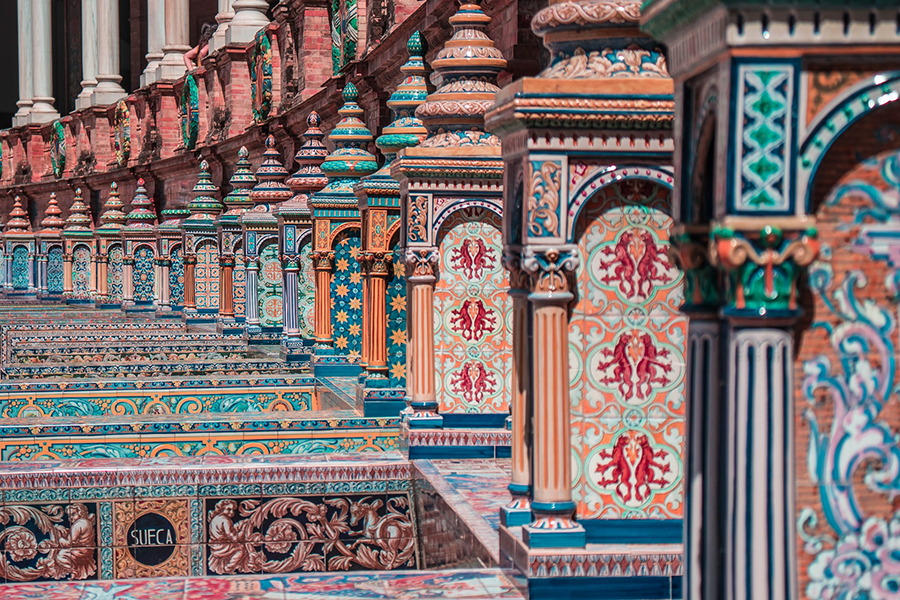


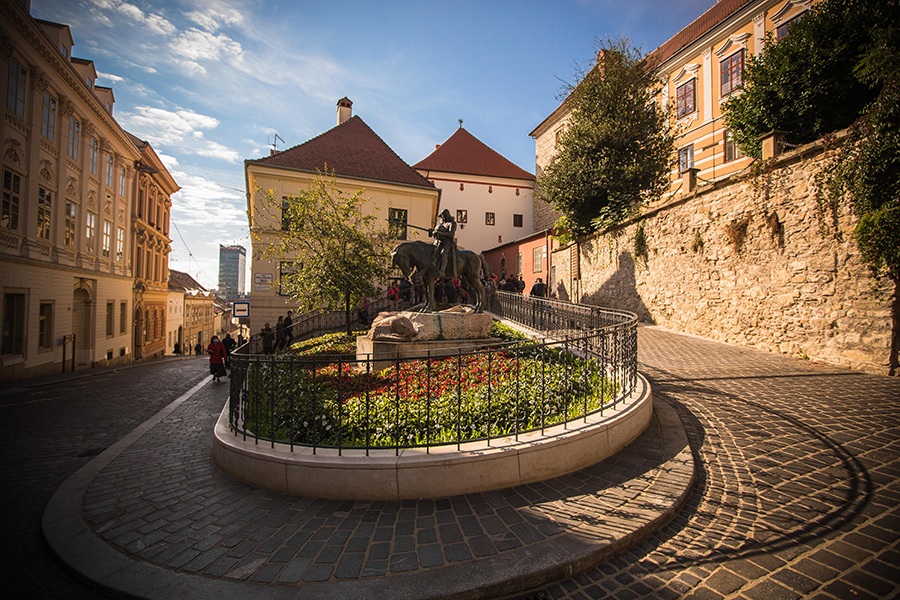
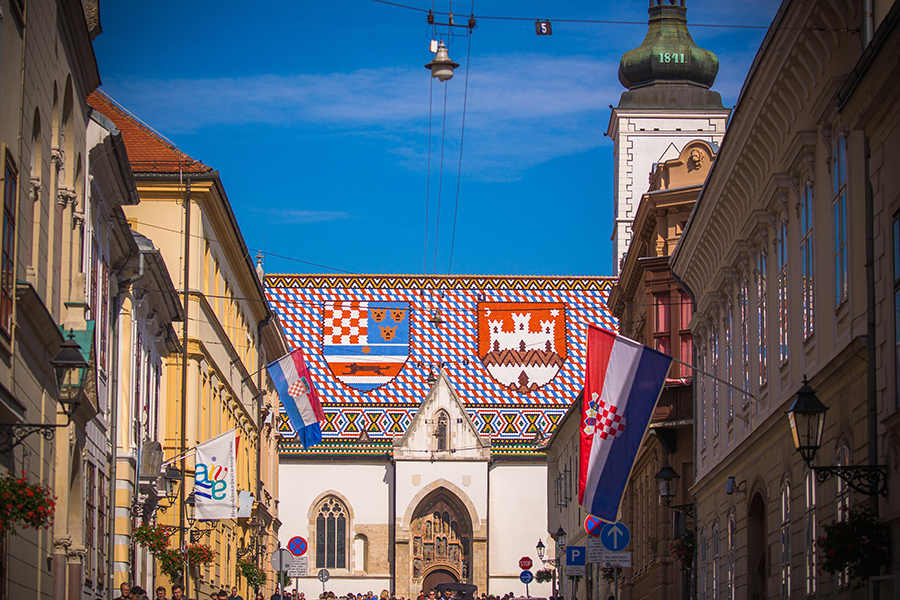
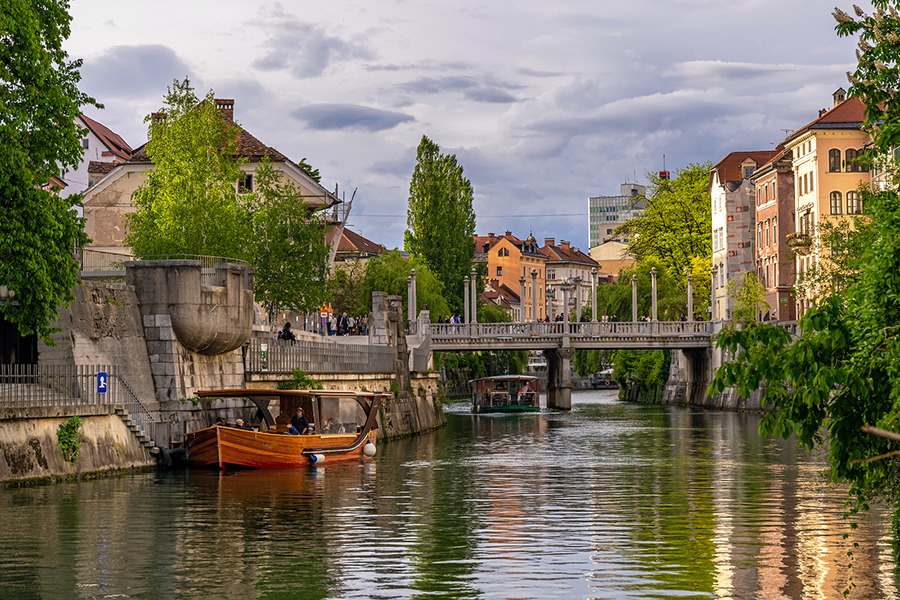



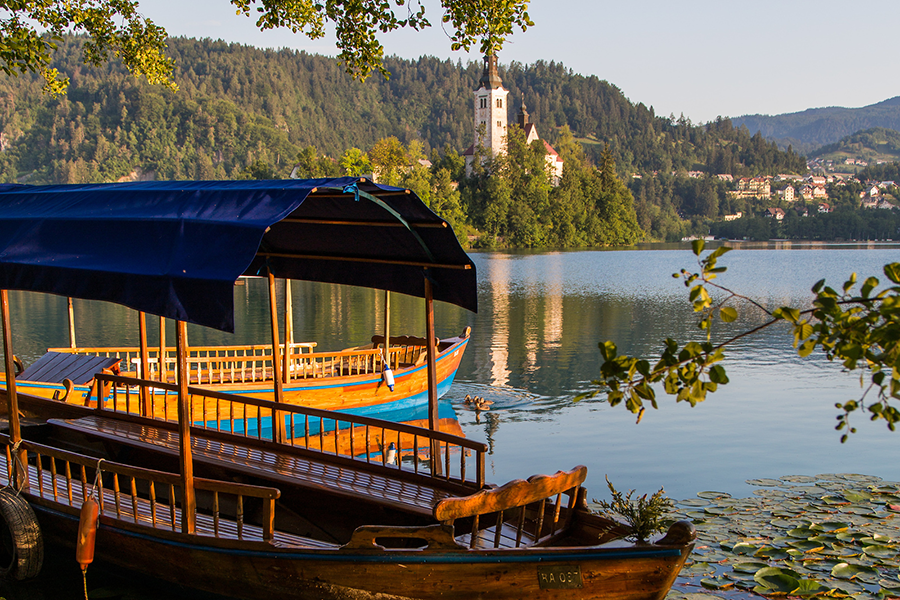



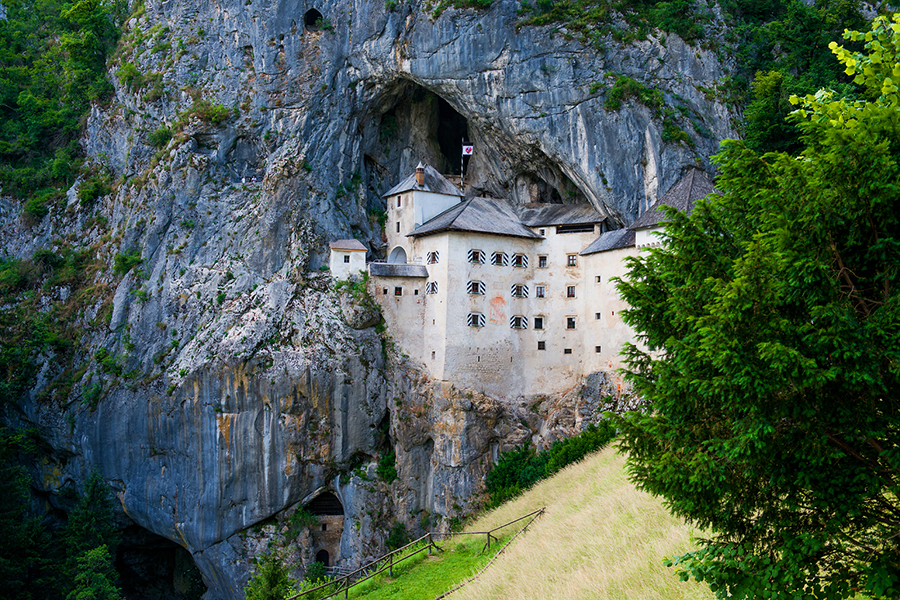






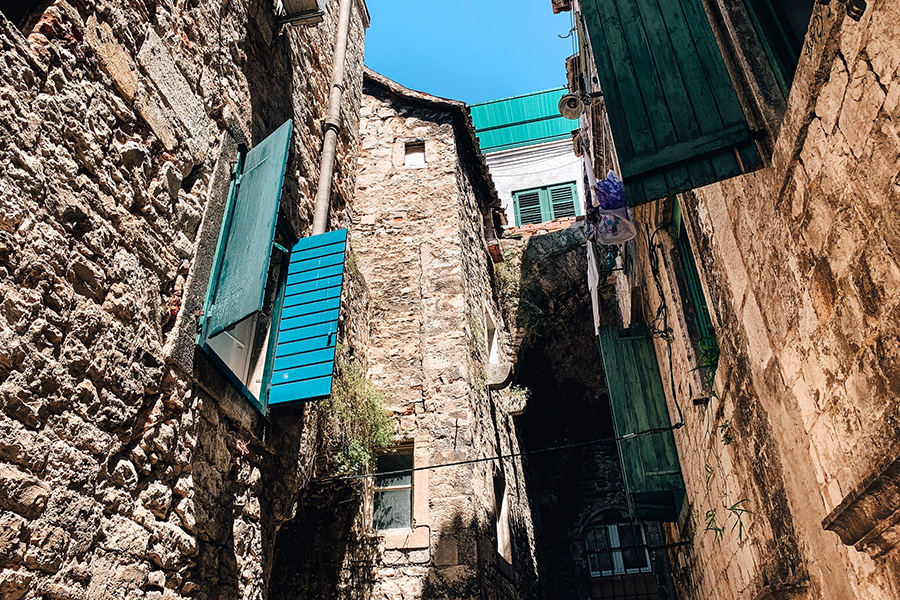










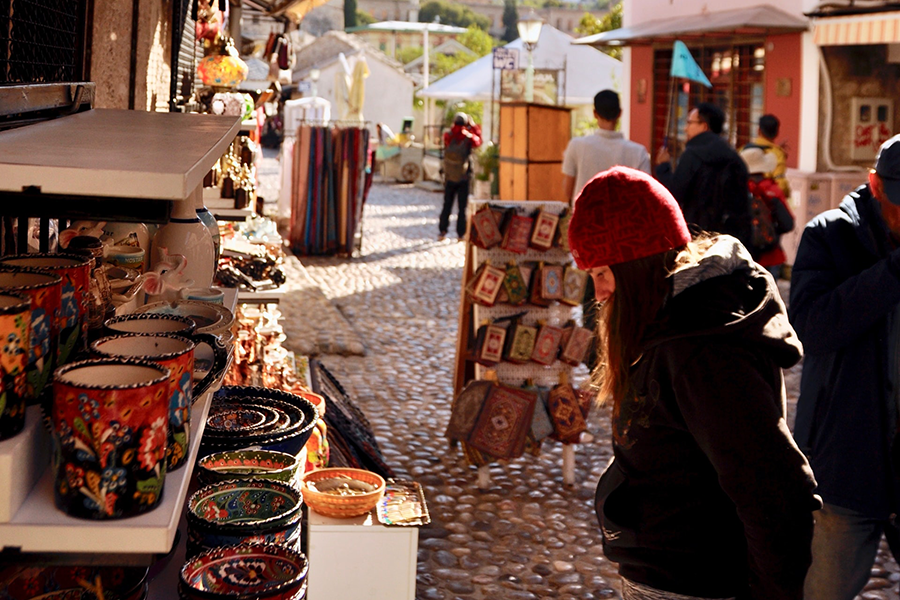







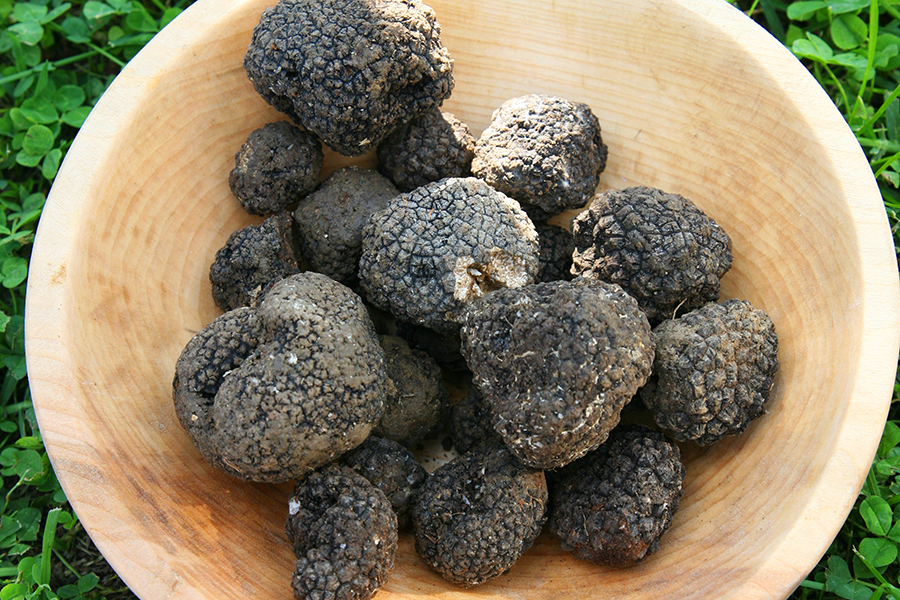














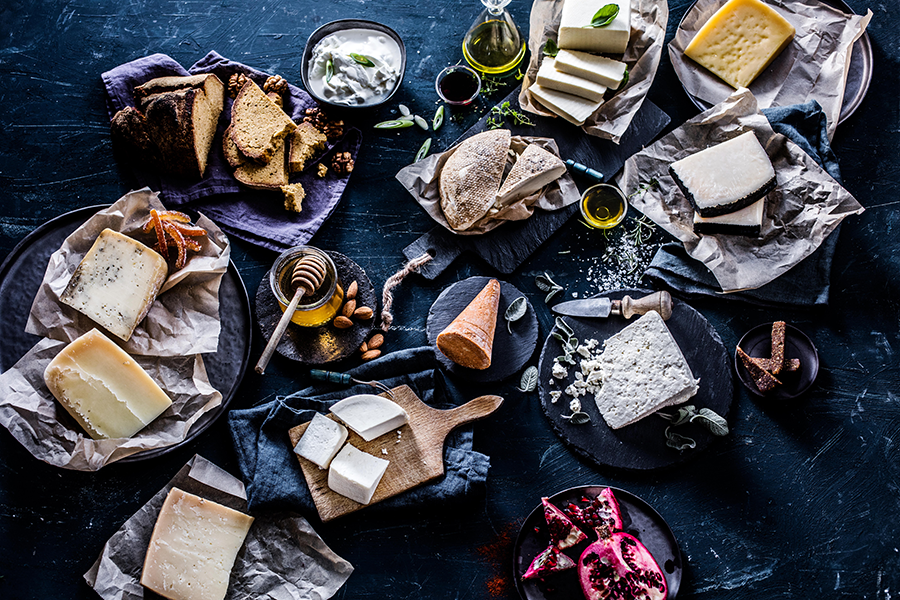




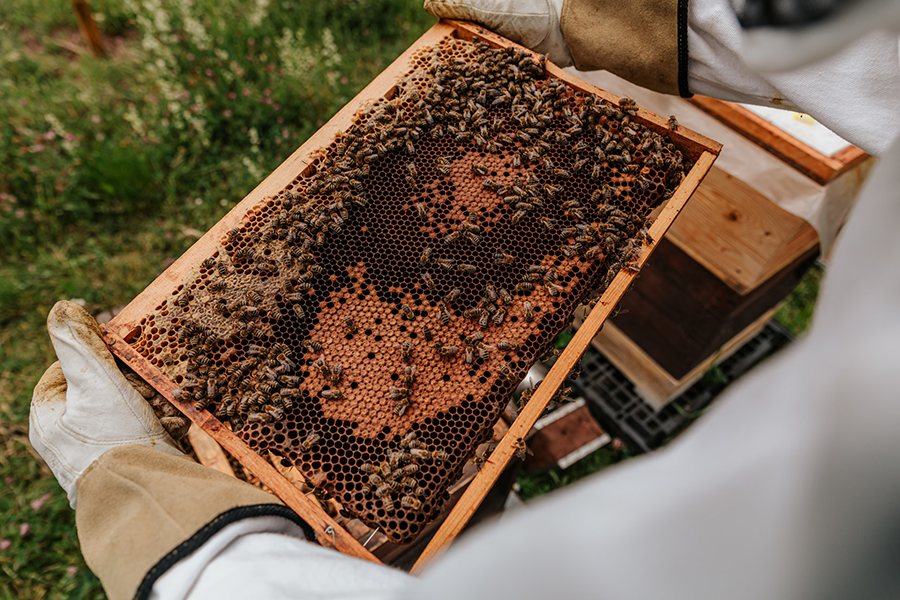





























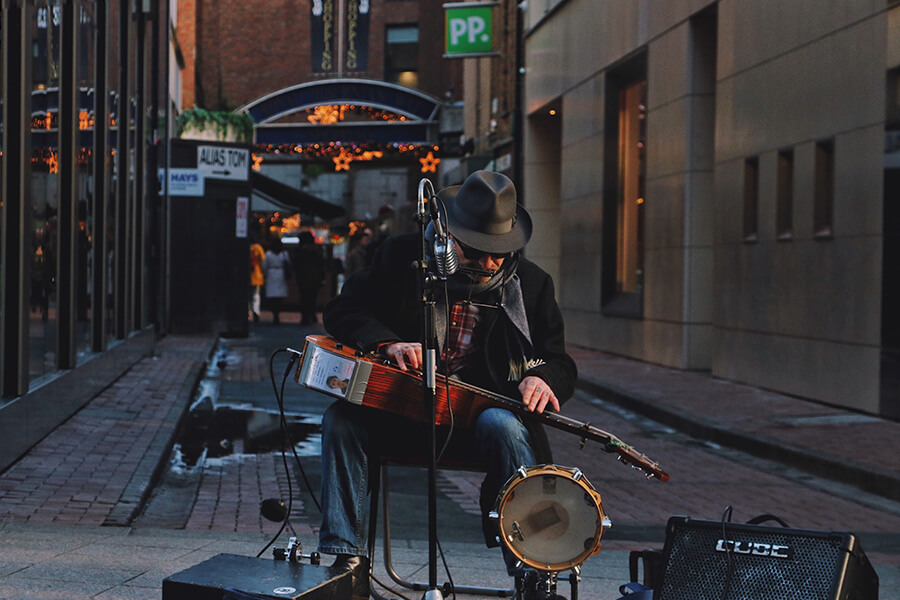












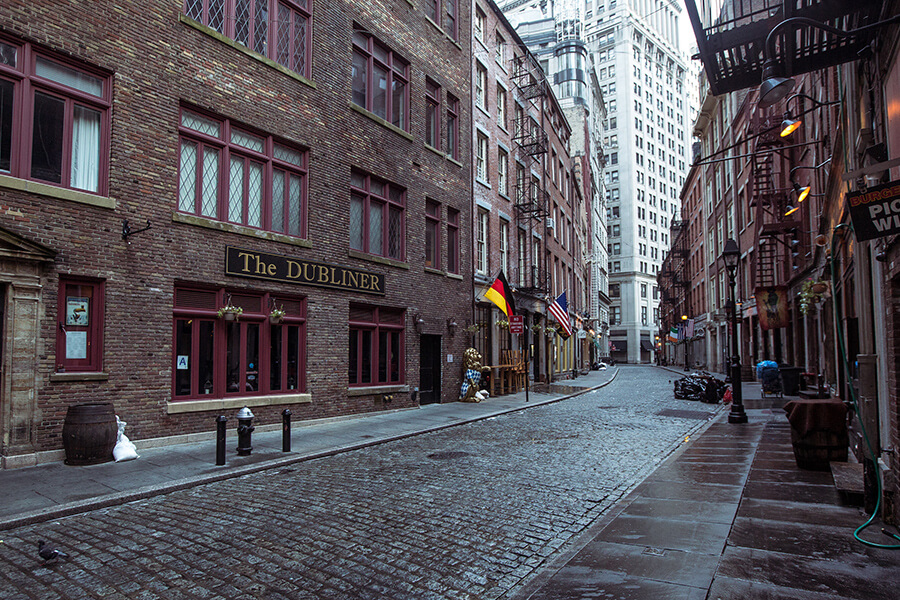



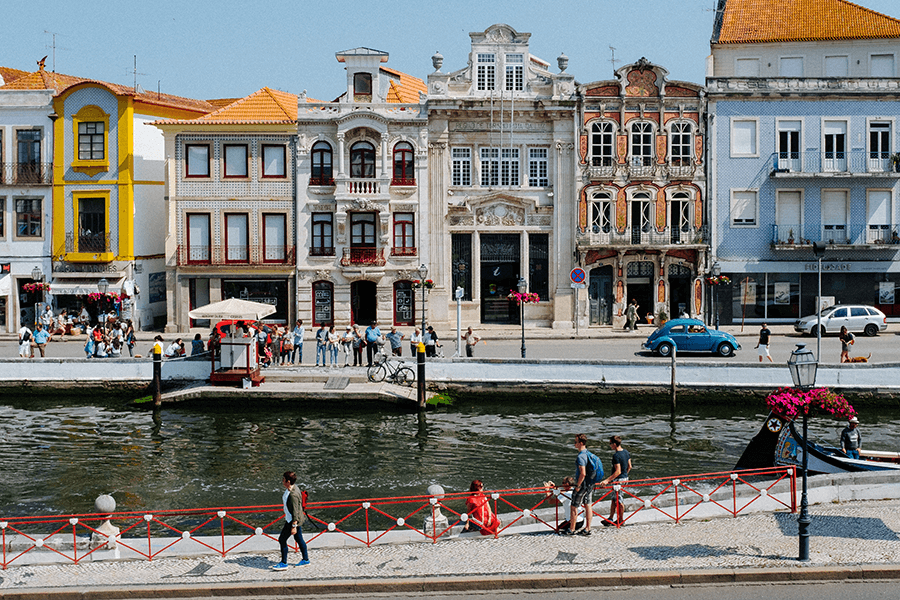











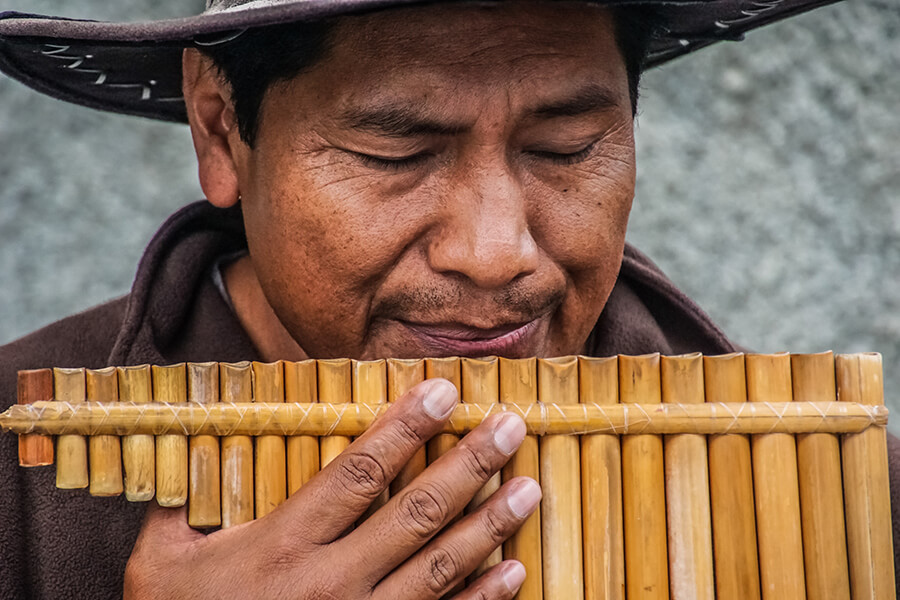




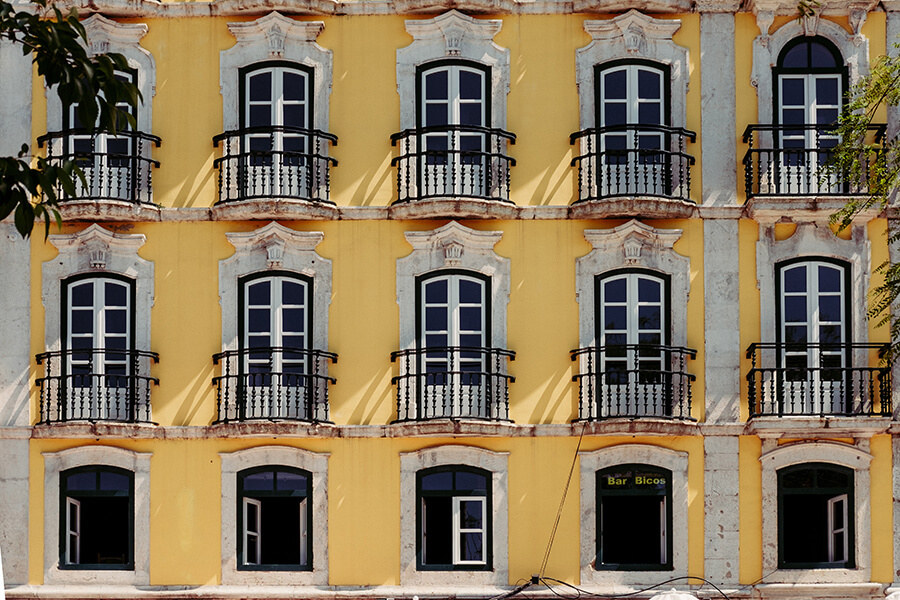
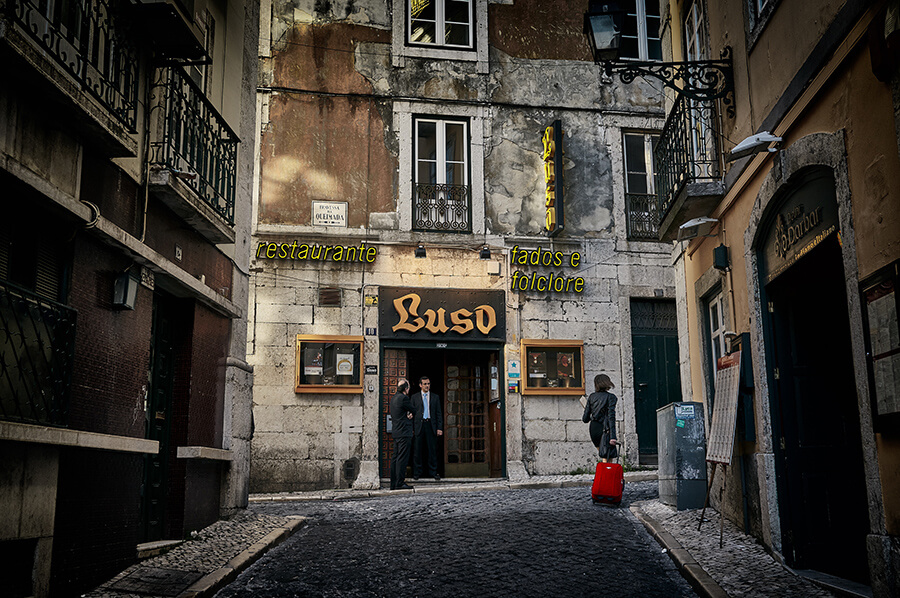
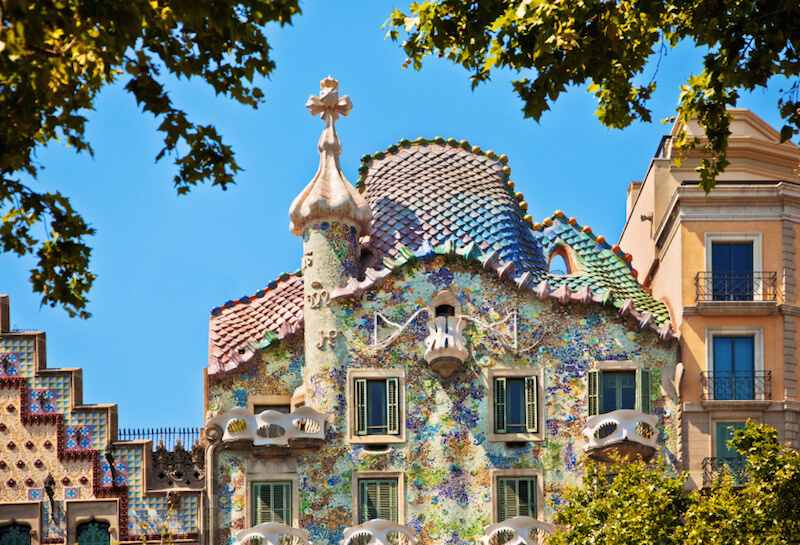













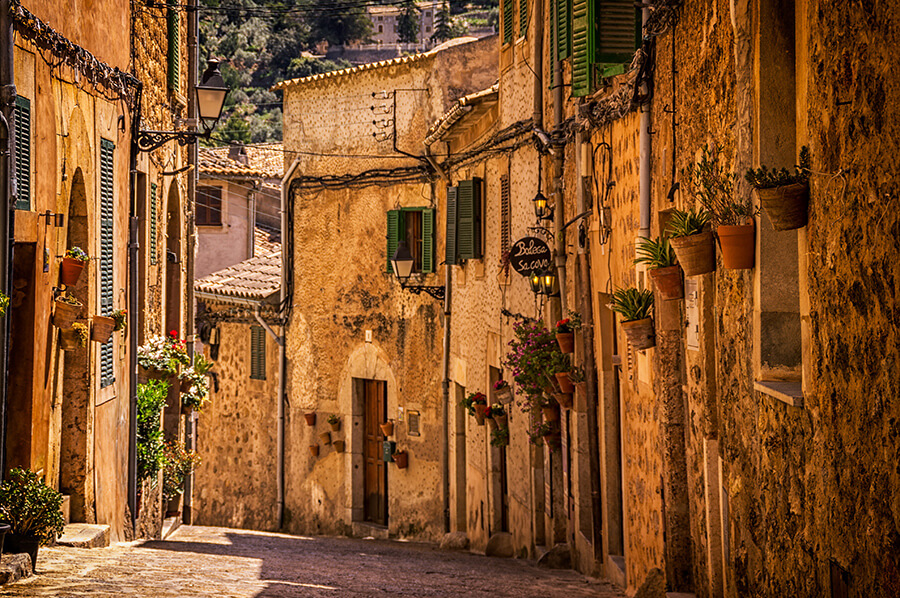





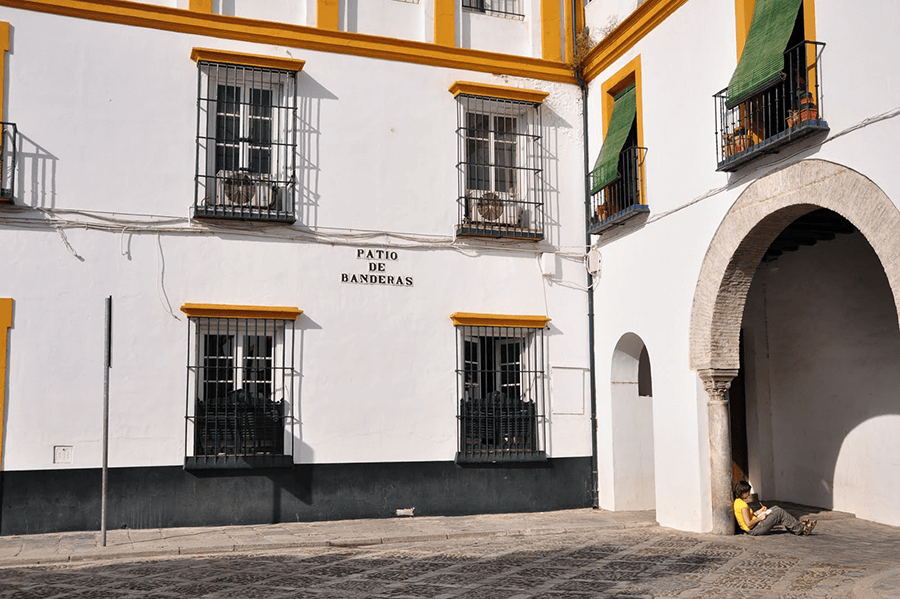




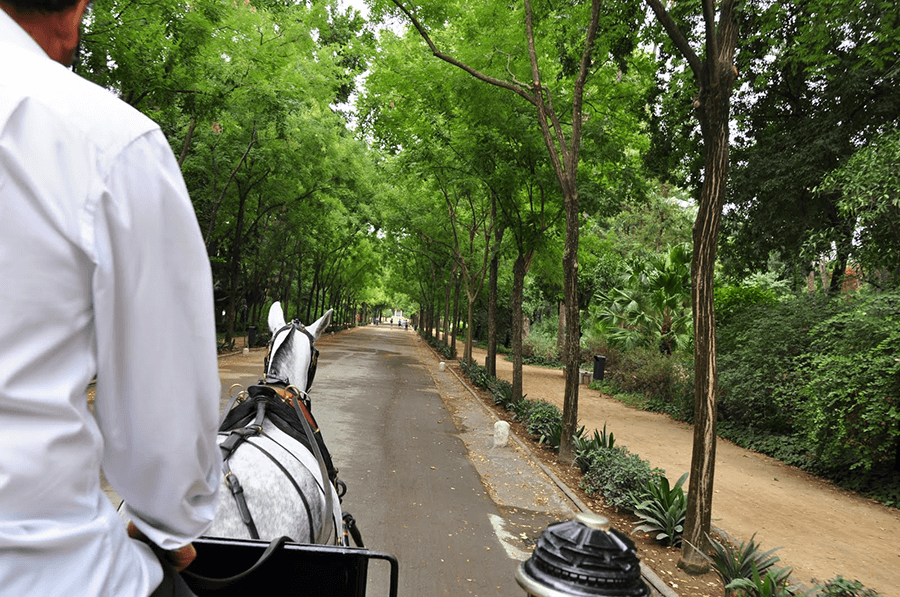


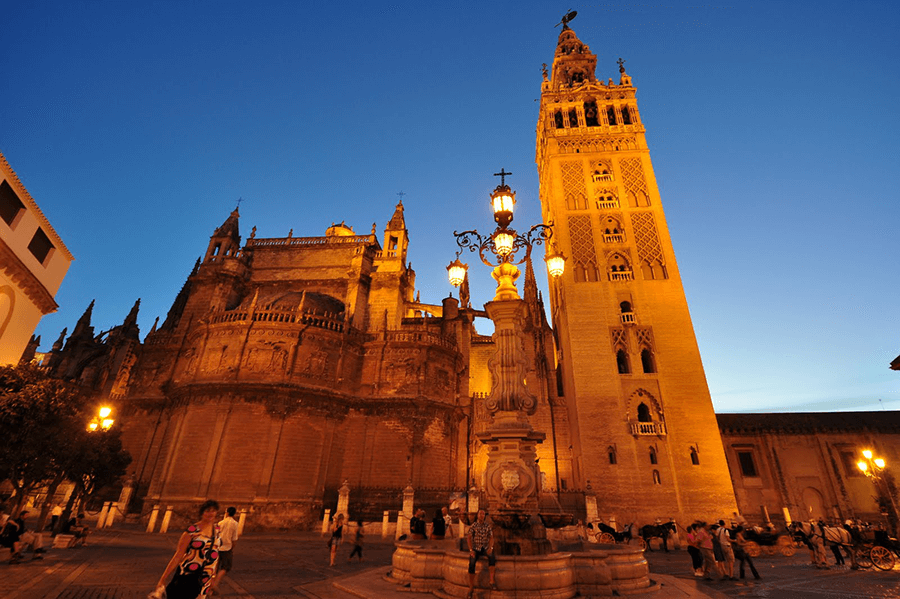

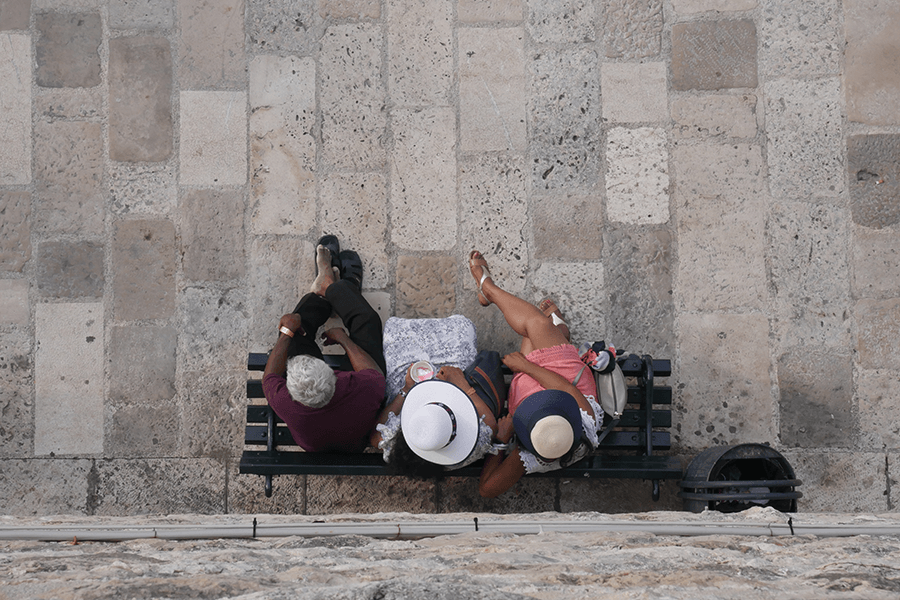
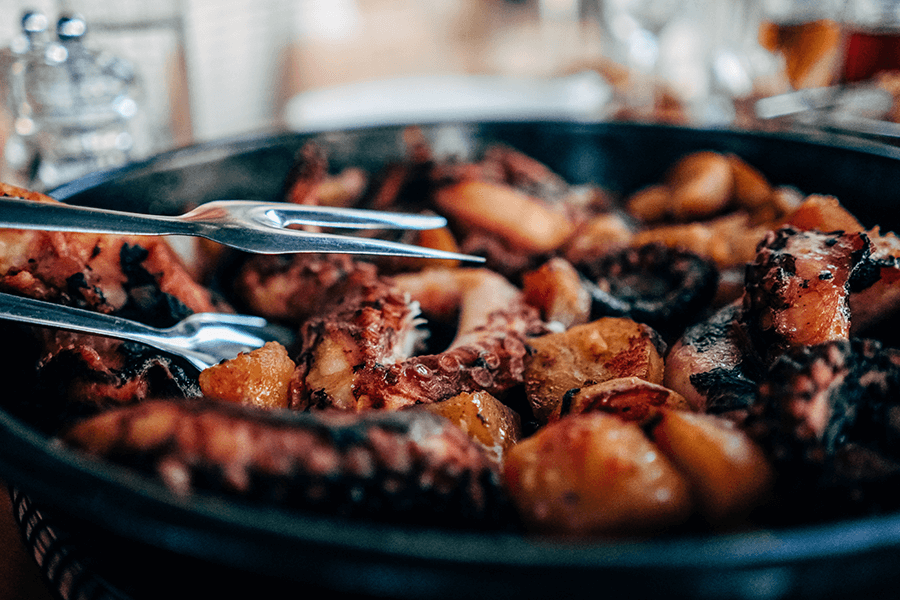





















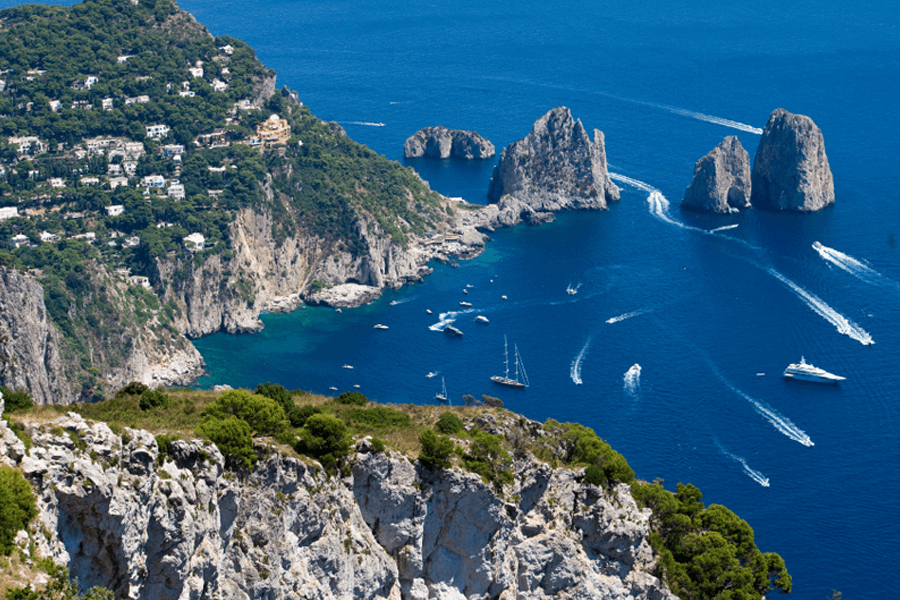



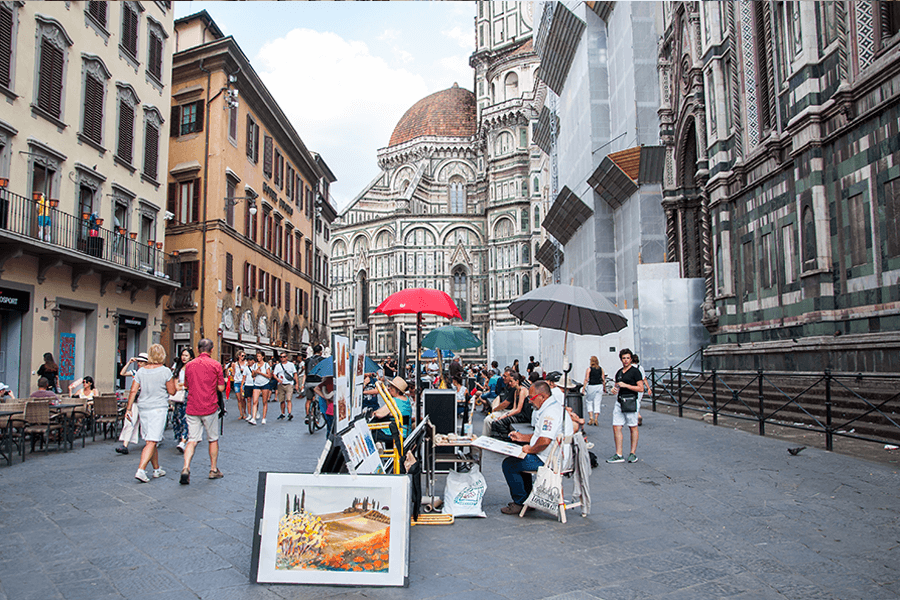


Recent Comments